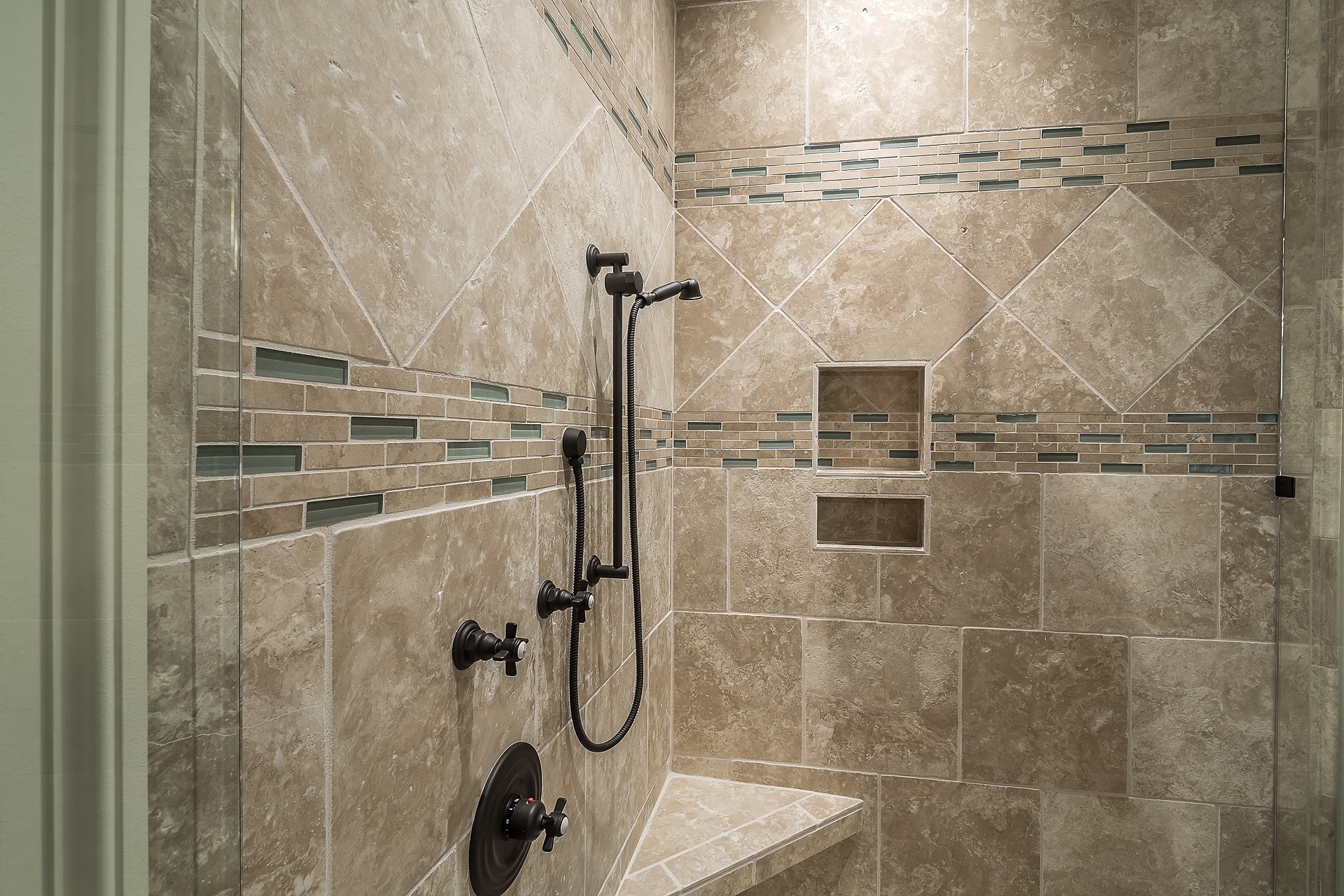Innovative Walk-In Tub and Shower Designs for Senior Safety
Walk-in showers have become increasingly popular in recent years, offering a blend of style, safety, and accessibility for people of all ages and abilities. These innovative bathroom fixtures are designed to eliminate the need for stepping over a high tub wall, making them particularly beneficial for seniors, individuals with mobility issues, and those seeking a more modern bathroom aesthetic. As we explore the world of walk-in showers, we'll delve into their features, benefits, and the latest advancements in this essential home improvement area.

What exactly is a walk-in shower?
A walk-in shower is a shower enclosure that features a low-threshold entry or no threshold at all, allowing easy access without the need to step over a high tub edge. These showers typically have a spacious design, often with glass doors or open entries, creating a sleek and contemporary look. Walk-in showers can be custom-built or come as pre-fabricated units, offering various sizes and configurations to suit different bathroom layouts and personal preferences.
How do walk-in showers enhance bathroom safety?
Safety is a primary concern in bathroom design, especially for older adults or those with limited mobility. Walk-in showers address this issue by eliminating the need to navigate high tub walls, significantly reducing the risk of slips and falls. Many models also incorporate additional safety features such as:
- Non-slip flooring
- Grab bars for added stability
- Built-in seating options
- Handheld showerheads for flexibility
- Thermostatic controls to prevent scalding
These features work together to create a safer bathing environment, promoting independence and peace of mind for users and their caregivers.
What are the key benefits of installing a walk-in shower?
Walk-in showers offer numerous advantages beyond safety, making them an attractive option for homeowners looking to upgrade their bathrooms:
- Improved accessibility for all users
- Easier cleaning and maintenance compared to traditional tubs
- A more spacious and open feel in the bathroom
- Increased home value and appeal to potential buyers
- Customizable designs to fit various aesthetic preferences
- Water conservation options with low-flow showerheads
These benefits make walk-in showers a practical and stylish choice for bathroom renovations, catering to both current needs and future accessibility requirements.
How do walk-in showers compare to walk-in tubs?
While both walk-in showers and walk-in tubs aim to improve bathroom accessibility, they offer different bathing experiences and have distinct advantages:
Walk-in Showers: - Generally more spacious and open - Easier to clean and maintain - More versatile for all family members - Often less expensive to install - Can be designed with zero-threshold entry
Walk-in Tubs: - Provide a seated bathing option - Offer hydrotherapy features in some models - May be preferred by those who enjoy soaking - Typically have higher walls for privacy - Often include built-in safety features like grab bars and non-slip surfaces
The choice between a walk-in shower and a walk-in tub often depends on personal preferences, specific mobility needs, and available bathroom space.
What are the latest innovations in walk-in shower design?
The world of walk-in showers continues to evolve, with manufacturers introducing new features and technologies to enhance the bathing experience:
- Digital shower controls for precise temperature and flow settings
- Chromotherapy lighting for a spa-like atmosphere
- Steam shower capabilities for added relaxation
- Voice-activated controls for hands-free operation
- Anti-fog mirrors integrated into shower enclosures
- Self-cleaning glass treatments to reduce maintenance
These advancements not only improve functionality but also transform the shower into a luxurious retreat within the home.
How can you choose the right walk-in shower for your needs?
Selecting the ideal walk-in shower involves considering several factors:
- Available space in your bathroom
- Budget for installation and materials
- Specific accessibility requirements
- Desired features and amenities
- Aesthetic preferences and overall bathroom design
- Long-term maintenance considerations
It’s advisable to consult with a bathroom remodeling professional who can assess your space, discuss your needs, and recommend appropriate options. They can also provide guidance on necessary modifications to your existing bathroom layout to accommodate a walk-in shower.
| Product/Service | Provider | Key Features | Cost Estimation |
|---|---|---|---|
| Freedom Shower | Kohler | Zero-threshold entry, grab bars, fold-down seat | $3,000 - $5,000 |
| Roll-In Shower | American Standard | Barrier-free design, textured floor, hand shower | $2,500 - $4,500 |
| Luxury Walk-In Shower | Moen | Digital controls, multiple showerheads, customizable tile | $5,000 - $10,000+ |
| Accessible Shower Stall | Best Bath | Pre-fabricated unit, reinforced walls for grab bars, low entry | $2,000 - $3,500 |
Walk-in showers represent a significant advancement in bathroom design, offering a perfect blend of safety, accessibility, and style. As the population ages and homeowners increasingly prioritize long-term livability in their homes, these innovative fixtures are likely to become even more prevalent. Whether you’re renovating for immediate accessibility needs or planning for the future, a walk-in shower can be an excellent investment in your home and quality of life.
The shared information of this article is up-to-date as of the publishing date. For more up-to-date information, please conduct your own research.
This article is for informational purposes only and should not be considered medical advice. Please consult a qualified healthcare professional for personalized guidance and treatment.




